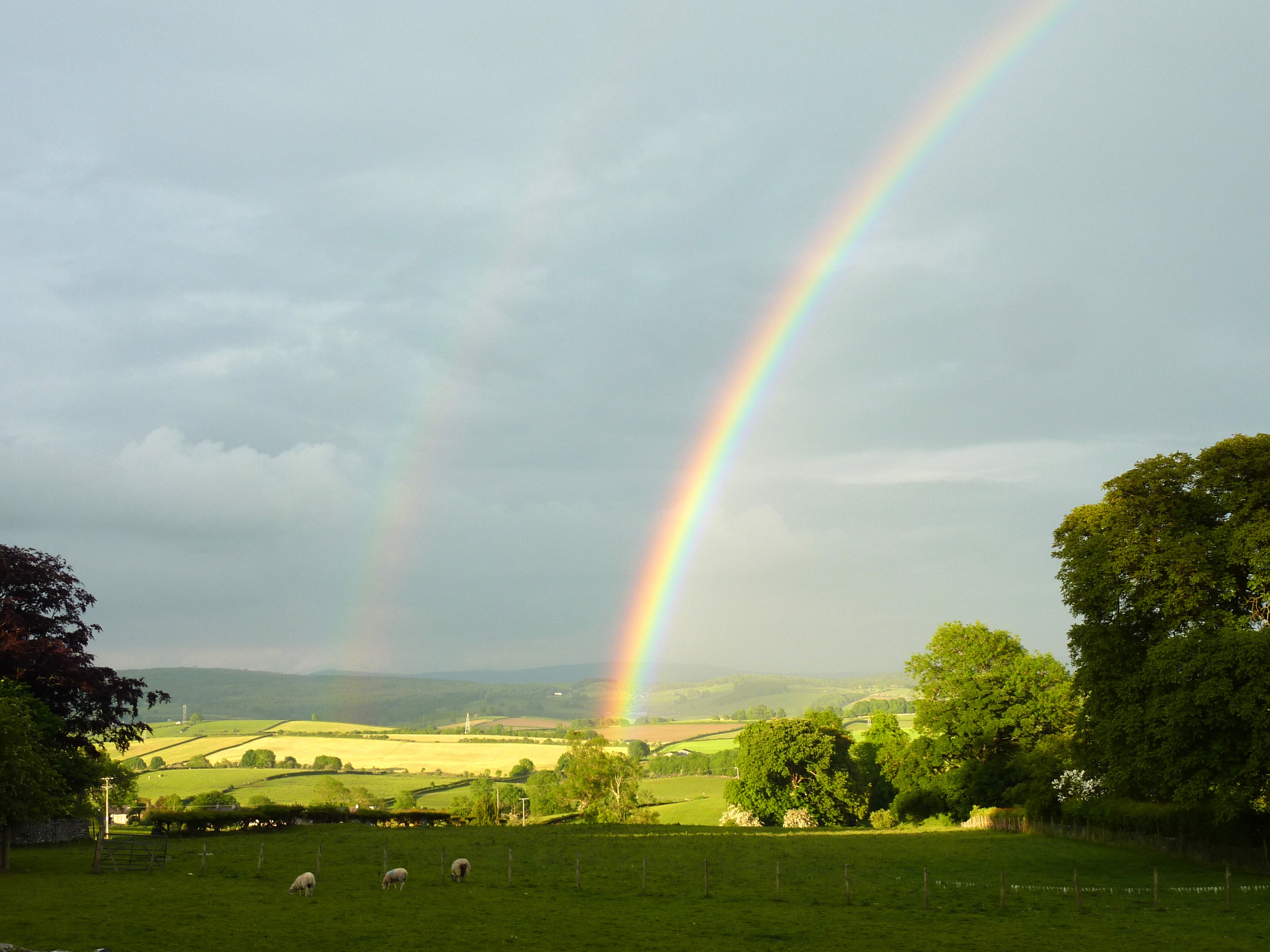YEALAND CONYERS PARISH COUNCIL Archive
ELECTIONS 2023 Uncontested, 4 Councillors returned

Welcome to Yealand Conyers Parish Council
The name Yealand, mentioned in the Doomsday book as Jalant, derives from the Anglo Saxon word meaning ‘high ground’. The name Conyers comes from past Lords of the Manor.
Among the earlier overlords was Henry de Redmayne (hence Yealand Redmayne). By the early 13th century, control had passed to Adam de Yealand, Sheriff of the County, whose daughter Alice subsequently married Robert de Conyers (hence Yealand Conyers).
During the mid 17th century the villages of Conyers and Redmayne became associated with the persecuted Quaker movement. George Fox, Quaker leader, preached in Yealand Conyers in 1652. He was particularly supported by Richard Hubberstone, a local man, who proved invaluable in organising secret Quaker meetings in the area. Richard Hubberstone continued to uphold the faith until 1662 when he died in Newgate prison. The photo is of the listed Mounting Step.
For many visitors to Yealand the object of their journey is to tour the “1652 Country” where in that year the Society of Friends was established because of George Fox’s visits. The Meeting House was built in 1692 and is still in regular use, as is the burial ground.
The Anglican church of St. John’s was elevated to the status of a parish in its own right on 25th September 1870. Originally a chapelry of the Parish church of St Oswald, records for this church were recorded in the Parish registers of the mother church and may be viewed as part of those registers up to the year 1857. From 1858 onwards, the church of St. John maintained its own registers.


Local walks afford impressive views of Morecambe Bay, the Lakeland Fells and The Pennines.. Within the Parish is Leighton Hall, with its origins dating back to 1246. This has been a Catholic stronghold and during the period of Catholic persecution, a priest was frequently hidden within the walls. The Catholic Church of St. Mary was consecrated in 1852, although there had been a previous building since 1782.

